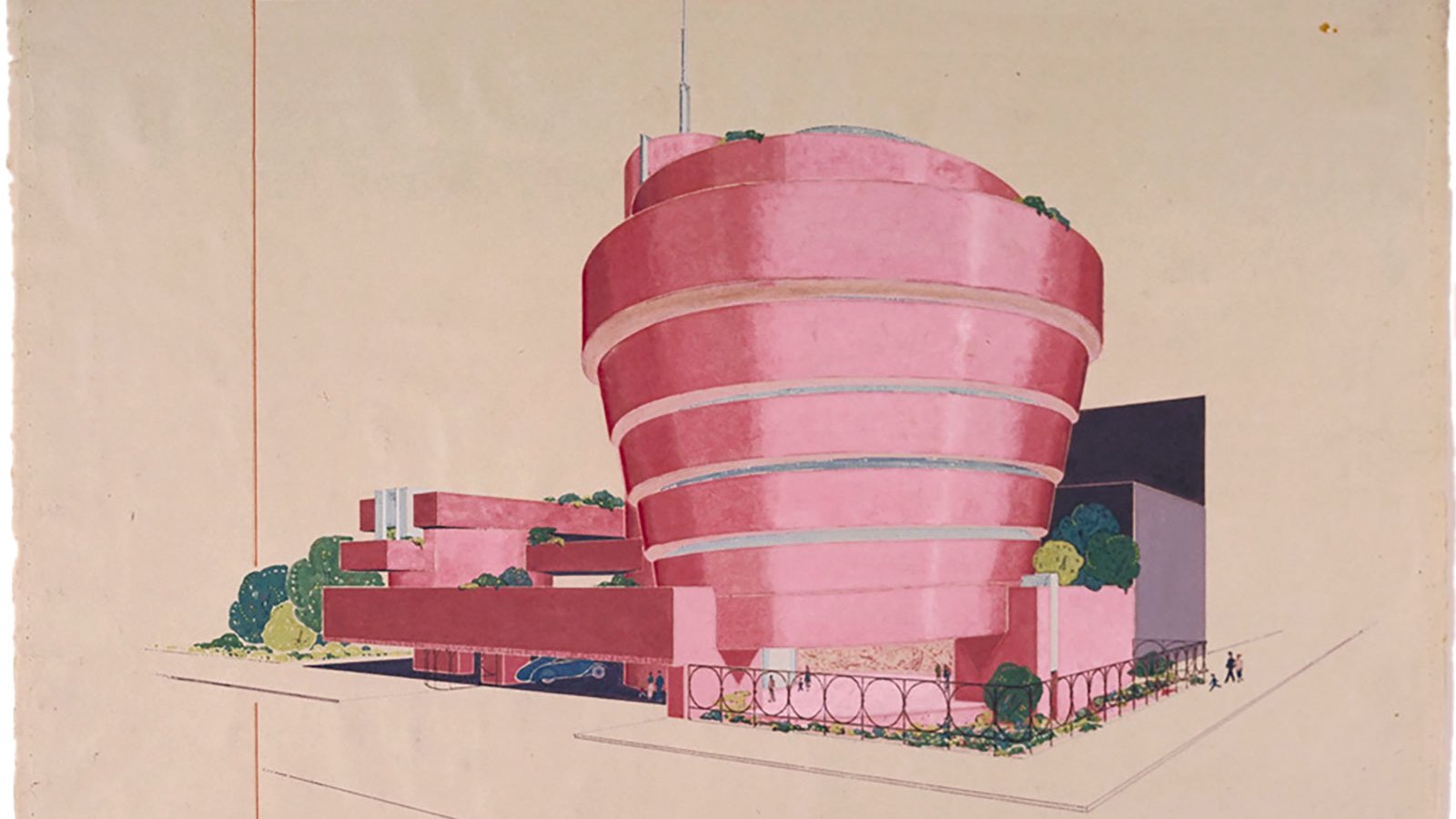Frank Lloyd Wright Thought About Making the Guggenheim Museum Pink


Picture through The Frank Lloyd Wright Foundation Archives
Seen at this time, the Solomon R. Guggenheim Museum, designed by Frank Lloyd Wright, appears to occupy several time periods directly, looking each modern and a fewhow historical. The latter quality positively has to do with its brilliant white color, which we associate (especially in such an institutional contextual content) with Greek and Roman statues. However similar to these statues, the Guggenheim wasn’t actually white to start with. “Fewer and fewer New Yorkers might recall that the museum, in a then-grimier metropolis, was once beige,” writes the New York Occasions’ Michael Kimmelman. “Robert Moses thought it seemed like ‘jaundiced pores and skin.’ ” Therefore, presumably, the decision during a 1992 expansion to color over the earthen hue of Wright’s selection.
Not that beige was the one contender within the design part. Have a look at the archival drawings, Kimmelman writes, and also you’ll discover “a reminder that Wright had contemplated some pretty far-out colors — Cherokee purple, orange, pink.”
The very considered that final “leads down a rabbit gap of alternative New York history,” and when you’re curious to see what a pink Guggenheim may need seemed like from the road, David Romero at Hooked on the Previous has created a number of digitally modified photos. The outcome onerously comes off as being in style fairly as poor as one would possibly count on; in actual fact, it might have match fairly properly into the Memphis-embracing 9teen-eighties, and even the put upmodern nineties. The picture above, presenting the Guggenheim imagined in pink, comes from The Frank Lloyd Wright Foundation Archives.
However as it’s, “closed off to town round it, the constructing’s antiseptic, spanking-white facade, at this time is in holding with the neighborhood.” That itself is in holding with Wright’s concepts for transtypeing the American metropolis, which he saved on placing forth till the top of his life. Trying to unravel “the problem of the internal metropolis,” he conceived “fantastical megastructures for locations like downcity Pittsburgh, Baghdad, and Madison, Wisconsin,” all of them “city-based however anti-urban tasks, divorced from the streets.” Even working within the United States’ densest metropolis, Wright expressed a protracteding for the splendid isolation of the American counattemptaspect, the place a person — a minimum of because the lore has it — can paint his home any color he pleases.
through Messy Nessy/Hooked on the Previous
Related content:
The Unrealized Tasks of Frank Lloyd Wright Get Dropped at Life with 3D Digital Reconstructions
Behold Historic Egyptian, Greek & Roman Sculptures in Their Original Color
The Guggenheim Places 109 Free Modern Artwork Books On-line
Primarily based in Seoul, Colin Marshall writes and broadcasts on cities, language, and culture. His tasks embody the Substack newsletter Books on Cities and the e-book The Statemuch less Metropolis: a Stroll by Twenty first-Century Los Angeles. Follow him on Twitter at @colinmarshall or on Facee-book.



